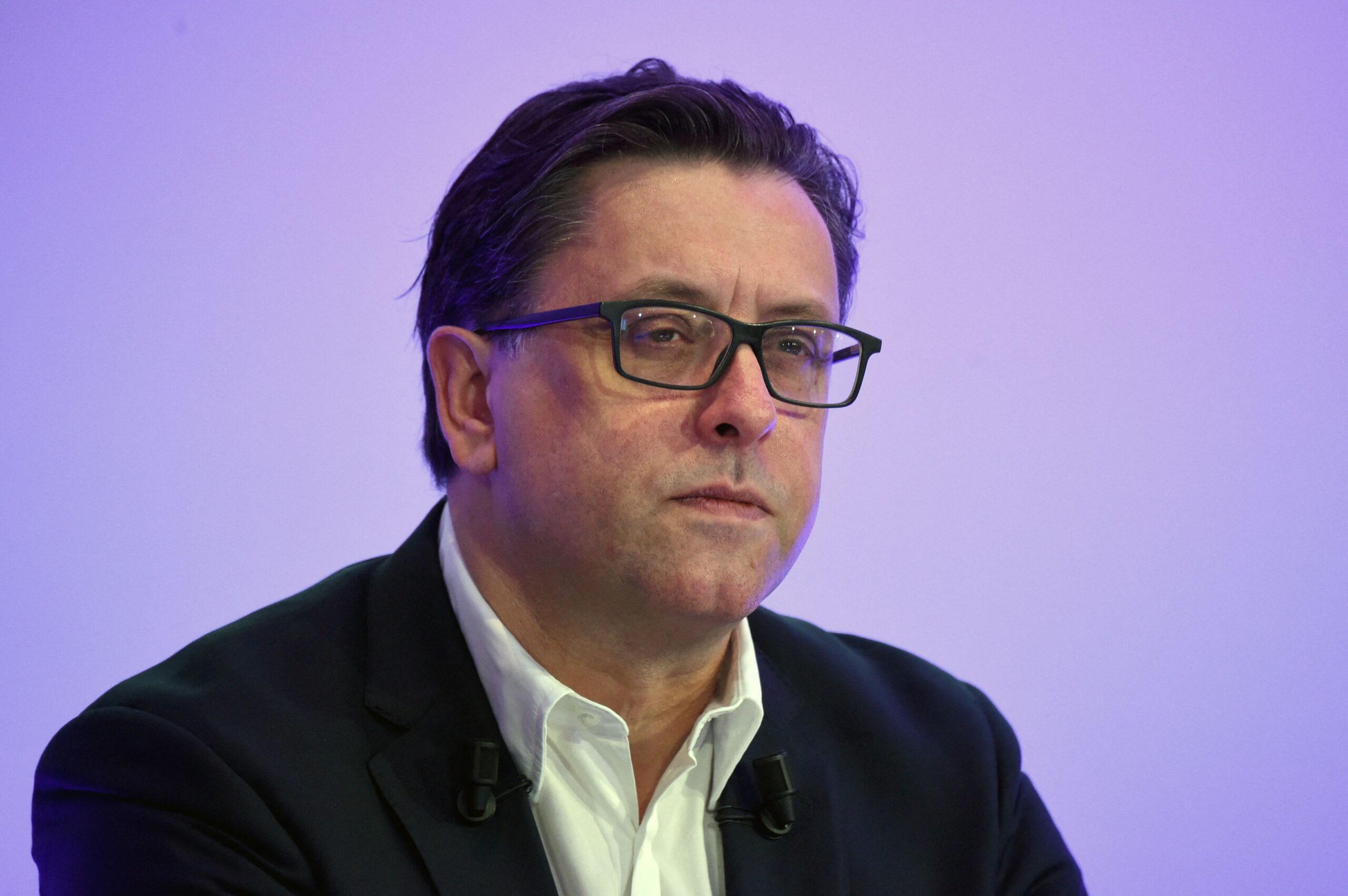
Paul Hudson, Sanofi CEO (Eric Piermont/AFP via Getty Images)
More program cuts ahead as Sanofi CEO Paul Hudson continues to reshape the company
One quarter into the new year, Sanofi CEO Paul Hudson remains steadfast on his mission to reshape the company — and that will mean some serious …
Sign up to read this article for free.
Get free access to a limited number of articles, plus choose newsletters to get straight to your inbox.